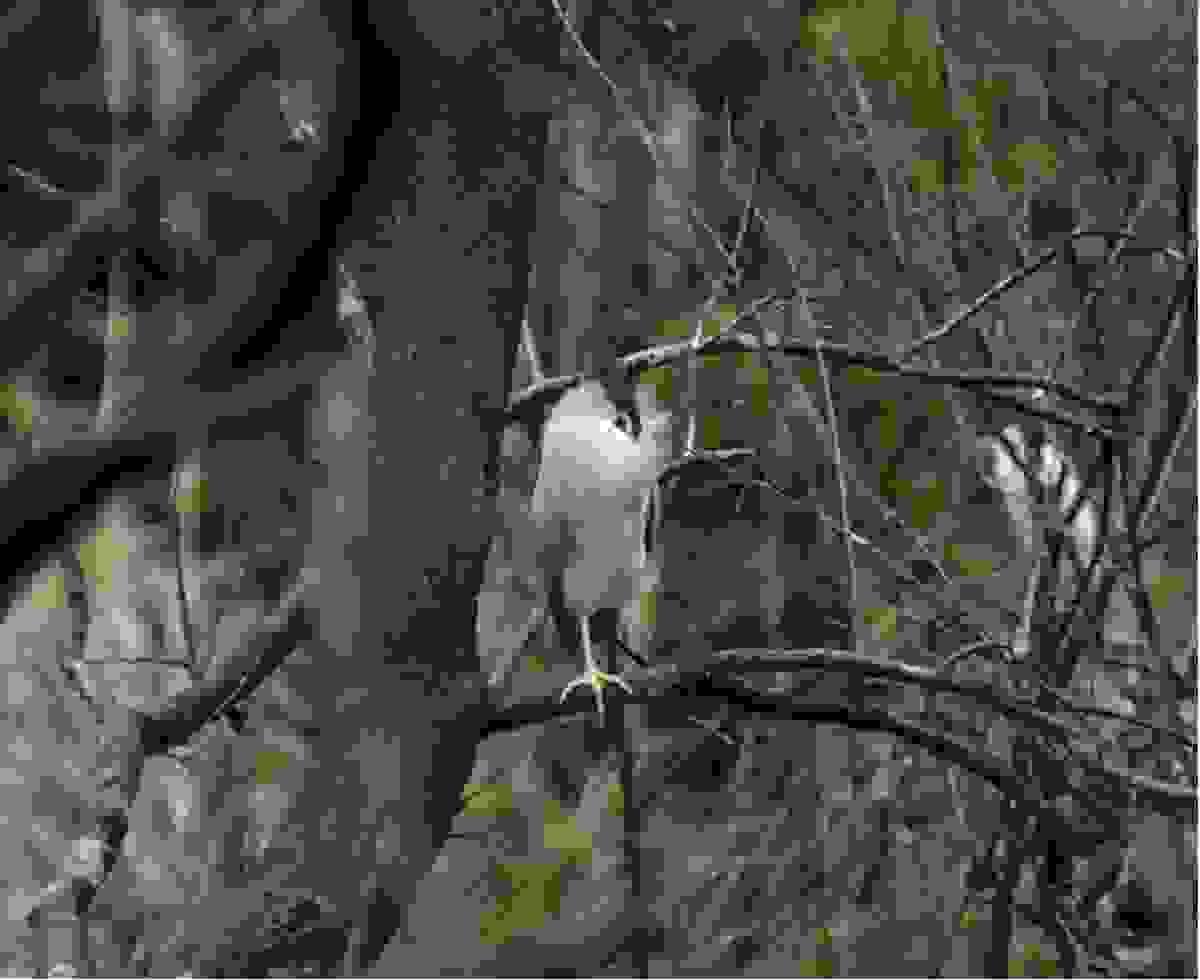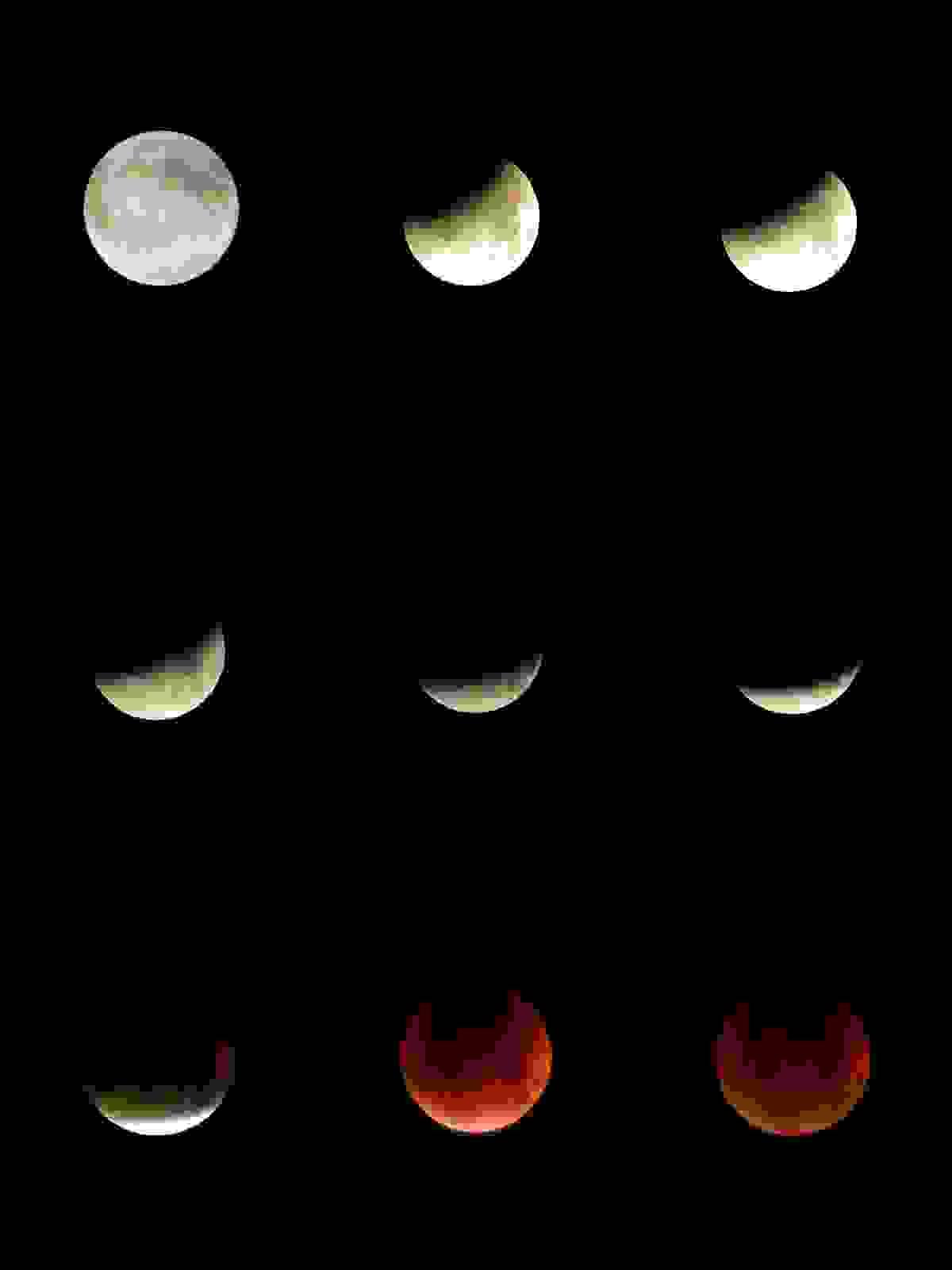

- Latin Challenge (New!)
- …
- Latin Challenge (New!)

- Latin Challenge (New!)
- …
- Latin Challenge (New!)

2025
SPC Results
First Prize
Wilson Sun, Shanghai HIBA Academy, China
Second Prize
Qingyou Du, Shanghai Foreign Language School, China
Third Prize
Wang Zhanhe, Nanjing Foreign Language School, USA
Wilson Sun - Huawei Pura 80 ultra
This was a photo taken at the Tengger Desert. It was shot by a digital phone; the shutter speed needs to be relatively slow (more than 15 seconds) when filming a motionless object such as the star. Adding to the difficulty, I had to hold my device completely still while filming. On the left-hand side, you can see two Perseid meteors; they flew by in a blink, but very fortunately, I got to capture them in my photo album. Since light pollution produces 'skyglow', which is the excessive artificial light that brightens the sky, the faint light from the stars was overshadowed, immensely reducing the contrast we needed in order to see them. To prevent it, we turned off the excessive lights at the campsite and used only warm colored LED lights as a light source in the camp. In that way, we were able to film the crystal-clear sky.

Qingyou Du - Nikon D810 70-300mm
Look closely! That black-crowned night heron perches sleepily on a branch…with only one leg? Don’t be fooled—both legs are perfectly fine! The bird is simply tucking one away, hidden deep in its feathers. Why do they do this? Well, birds’ legs are like little radiators, packed with blood vessels but are bare of insulating feathers, so they leak heat into chilly air. By nestling one leg in its warm feather blanket, the heron reduces half the heat loss, protecting them from cold. Clever, right? There’s a bonus too. Balancing on one leg actually gives those skinny limbs a break, like leaning against a wall when you’re tired of standing straight. So, in the chilly January wind, our heron isn’t injured or unsteady. It’s just practicing the fine art of a nice, warm, one-legged nap.

Wang Zhanhe - Nikon D800
In ancient China, people once warned: “When the blood moon appears, monsters emerge.” In the Bible, a similar apocalyptic image can be found: “The sun will be turned to darkness and the moon to blood”—a symbol of the world’s end. Throughout history, different cultures and religious traditions have often regarded the blood moon as a source of fear, interpreting its crimson glow as an ominous portent.
However, a blood moon is merely a stage of a lunar eclipse, also known as totality. A lunar eclipse occurs when the moon passes into Earth’s shadow and can no longer fully reflect sunlight, creating a spectacle unlike that of an ordinary moon. According to the degree of shadow and the sequence of the event, a lunar eclipse is divided into the following stages:penumbral eclipse begins → partial eclipse begins → totality (blood moon) → partial eclipse ends → full moon returns → penumbral eclipse ends
Thus, the blood moon arises because Earth’s atmosphere filters sunlight, allowing only copper-red light to fall upon the moon’s surface. It is not a portent but a breathtaking astronomical wonder—one to be admired with awe, not fear.
This photo was taken with a Nikon D800 using a 200mm telephoto lens, which is not particularly long. A low ISO and long exposure produced a sharp image. There was no post-processing—only a simple crop to bring out the moon—presenting the most original and authentic view. The image captures the progression from full moon to penumbral eclipse, first contact, and totality.

Any Questions?
Don't be afraid to reach out.
© 2021-2023 Scholar of Tomorrow All Rights Reserved.


